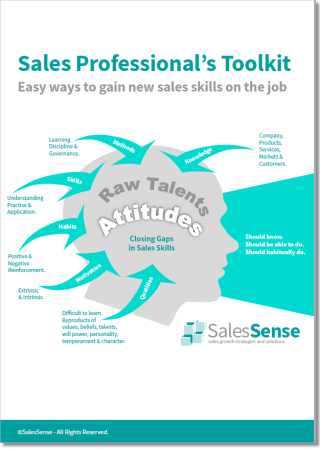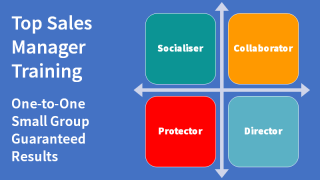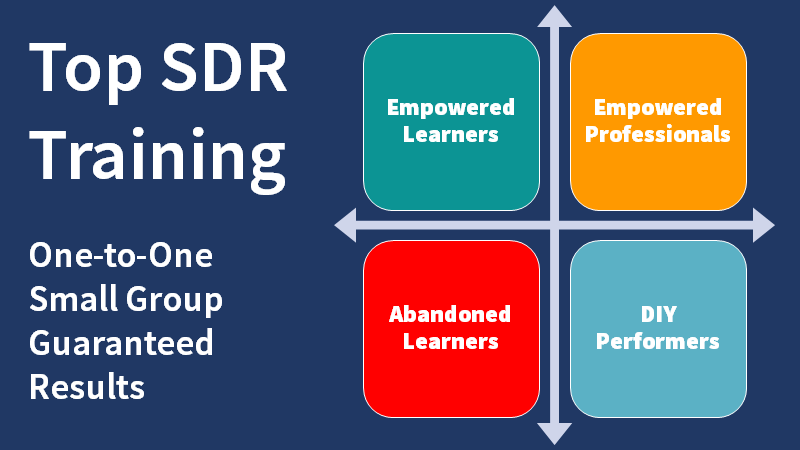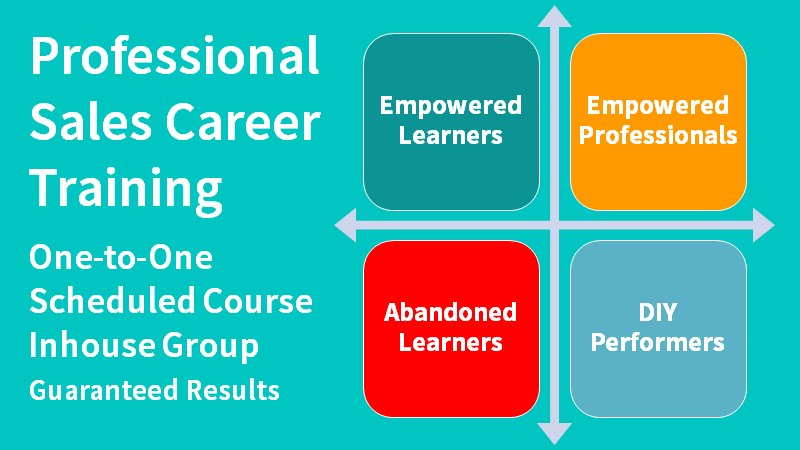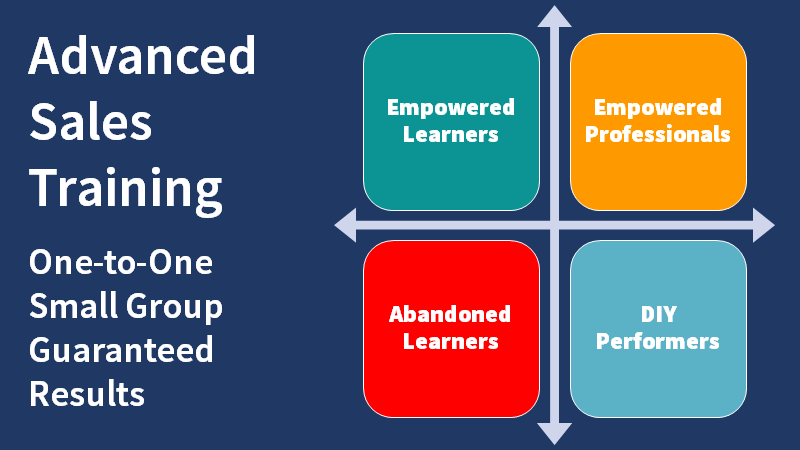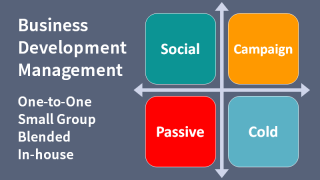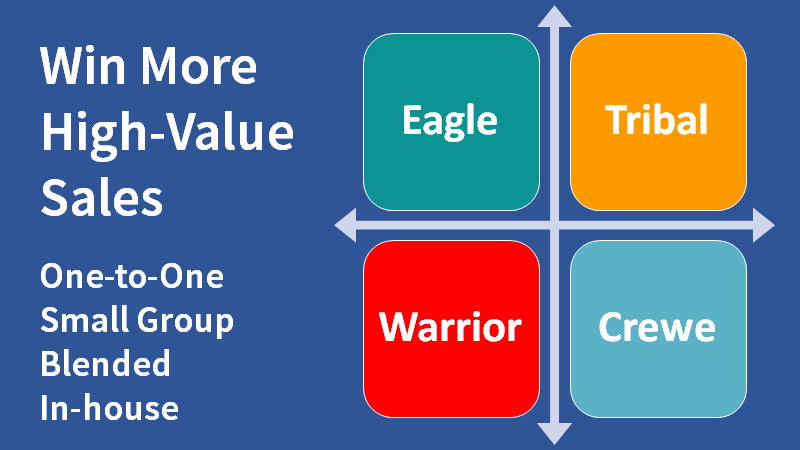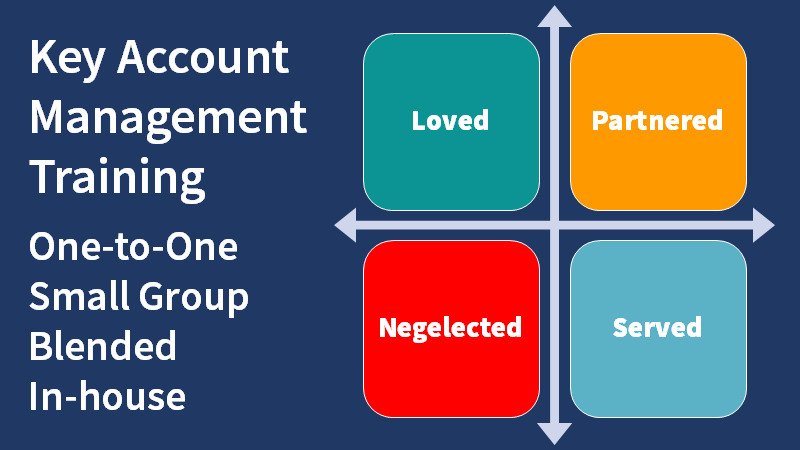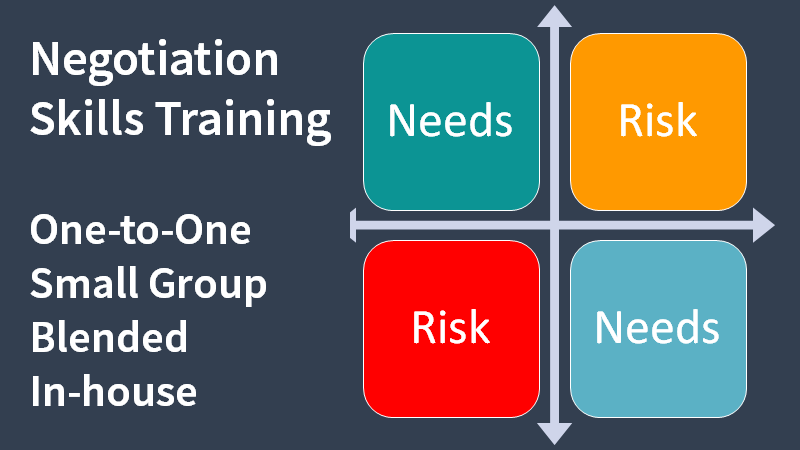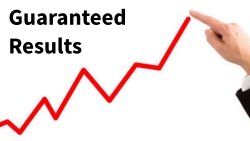Cold email and telephone outreach remain at the forefront of B2B sales prospecting.
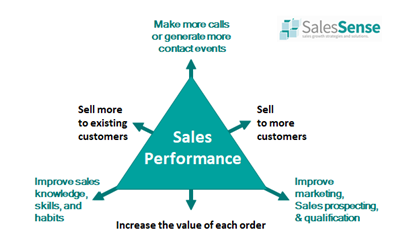
While many organisations increasingly rely on sophisticated email marketing automation and cold email to generate contact events, contact and subsequent dialogue between real people will remain essential for decades to come.
The most important number for selling organisations, business development managers, and new business salespeople is the number of contact events necessary for each order.
If you don't know your number, planning is more difficult. Predicting sales performance, managing marketing budgets, and resourcing sales teams becomes guesswork.
Contact events include all of the touchpoints made with potential customers to initiate a business conversation. Online exposure to relevant material, forms completed, downloads initiated, cold email open rates, one-to-one social media communication, cold calls, and messages left are contact events.
While modern lead generation marketing is largely data-driven, data collection for new business sales efforts is a hit-and-miss affair. Most organisations leave this entirely to individual salespeople whose standards and practices vary widely.
Salesforce automation has given management the tools to collect more data and seek better understanding yet the results have been disappointing. Despite the huge monetary investments and the collection of vast quantities of data, sales performance prediction has become less reliable for most organisations.
One of the flaws of attempting to systemise the sales process is the variation of process and rigour employed by individuals. An alternative to top-down systematisation is bottom-up. Instead of trying to force salespeople into factory-like conformance, release them to use their intelligence to find what works.
Measure and monitor a few critical key performance indicators and do so publicly.
First an activity monitor and then a quality monitor. Simplicity is best:
- Track self-reported contact events.
- Track contact event-to-sale conversion rates.
In addition to performance against a target which is normally a function of a salesperson's compensation plan, these two key performance indicators give salespeople and their managers all of the information they need for early warning of problems and guidance on the fix.
The Salesperson's Perspective
If you keep a simple tally of contact events, you will be able to work out your contact event-to-sale conversion ratio. I do this the low-tech way, using post-it notes. I have five classifications for contact attempts:
- No result
- Left a voice message.
- Sent a written message - cold email, LinkedIn, social media etc. I include old-fashioned letters here.
- New information - this covers speaking with someone at the prospect and learning anything new but not online research.
- Declined - this means I made contact and received a definite 'No' response.
- Accepted - this might mean an appointment or other definite progress.
?I use a sixth classification for adding or excluding a suspect, lead or prospect as a result of research. This helps me recognise and count all of the actions taken during a sales prospecting session. I use one 'Post-it' note per session and add start and stop times, classification totals, and overall totals.
It takes only a few minutes per session. It can be done in a spreadsheet on any device.
There are several benefits:
- Ability to calculate your contact event-to-sale conversion ratio.
- Being able to prepare and maintain a sales target achievement plan.
- Knowing if your efforts are on plan or not while there is still time to do something about it.
- Greater insight into the types of prospecting efforts that are most effective.
- Recognising the prospecting messages that are most effective.
- Increased sales.
The Alternative to Accurate Self-Reporting of Contact Events
You can guess or estimate your contact events. If you are smashing your sales target in every management period, management will put up with your lack of team spirit, as long as you continue to smash your target. If you are a top performer, your numbers for contact events and conversion ratios are important. They provide a benchmark for others to aim at.
If you make up the numbers and you are not smashing your target every month, you may not get the help you need, when you need it. Management will be comparing your numbers with those of the rest of the team.

The Management Perspective
It is easy to validate self-reported numbers if you feel it is necessary. Just ask three questions.
- How did you capture the information?
- What was the breakdown between classifications?
- Can I see your records?
?Conversion rates can be calculated automatically by dividing the number of orders recorded in a period by the number of contact events recorded for a previous measurement period, separated by the average sales cycle time. If the average time it takes to close a sale is two months, use the reported contact events from two months earlier.
To get the measurements started, have salespeople estimate their previous figures or use the overall average for the current period. As you gather data over time, the norms will become apparent and the accuracy and reliability of the predictions will improve.
The reported actual number of contact events for the current period indicates sales that can be expected to occur in the future, advanced by the duration of the average sale. So if the average sales cycle was two months, this month's reported number of contact events predicts sales in two months.
Contact-to-sale conversion ratios reveal several other things. They measure sales productivity, efficiency, and work rate.
Once established, these two key performance indicators will provide an early warning of shortfalls when there is still time to do something about them. Tracking cold email activity also keeps attention focused on the most important task, of continually generating new business.
Article by Clive Miller
Related Articles:
- Easy and Practical Sales Prospecting for a GDPR World
- 27 Secret Ways to Find More Sales Leads Without Cold Calling
- How to Find the Hottest Sales Prospects
- Reach and Engage with More Sales Prospects
- When You Hate Cold Calling but Need More Sales Opportunities
- Get Introductions via People You Don't Know
If you need to increase sales prospecting activity, raise the number of contact events achieved by salespeople, or improve cold email or cold outreach efficiency, get in touch. Telephone +44 (0)1392 851500. We will be pleased to learn about your needs or talk through some options. Alternatively, Send an email to custserv@salessense.co.uk for a prompt reply or use the contact form here.


